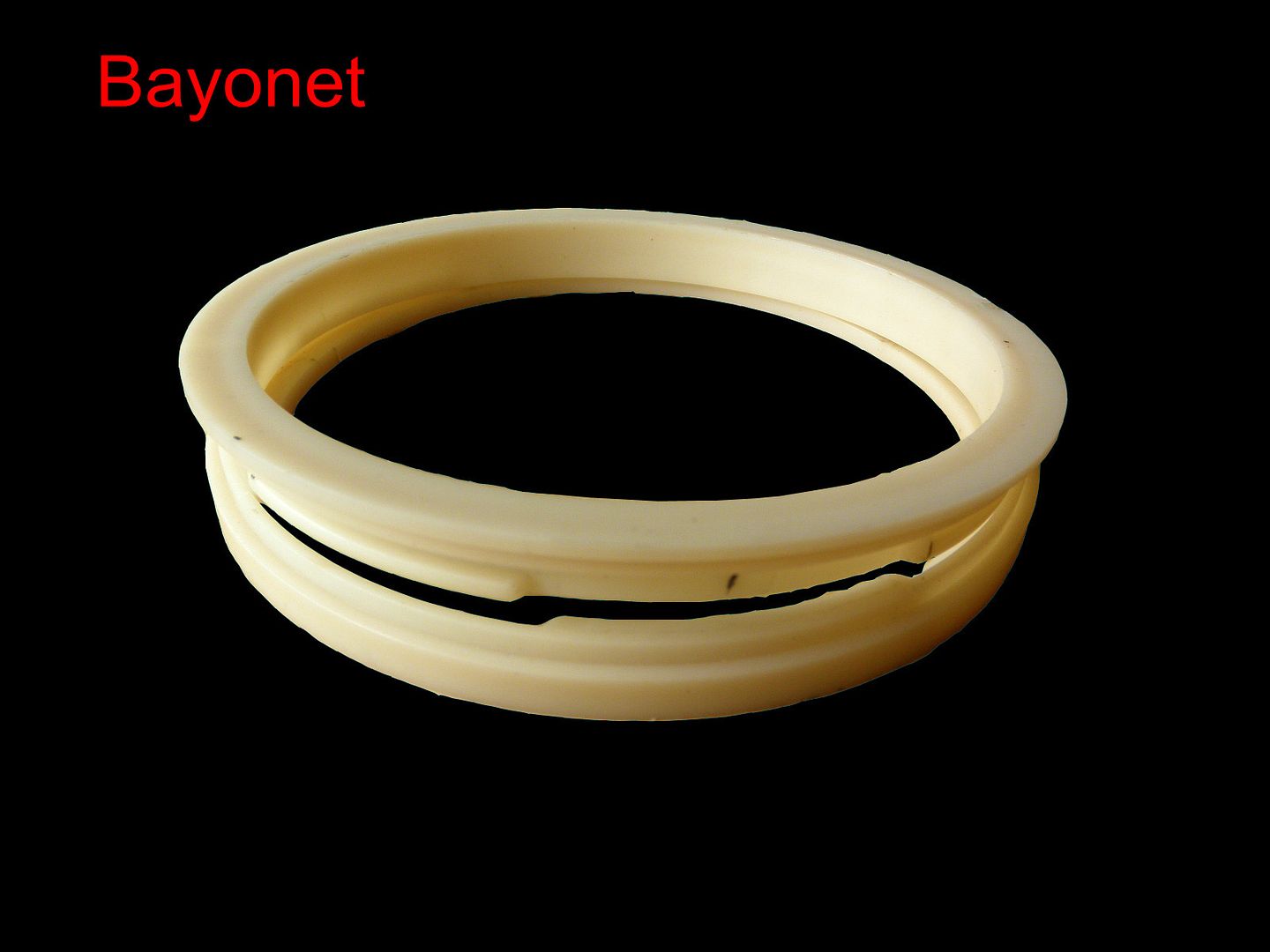Re: What Material for DIY End Caps
I've completed part one of a what will be a small series of vids of how to make endcaps for your own WTC/module. It's currently uploading to Youtube. The vids are aimed at complete beginners, I assume little prior knowledge, so more experienced builders will probably want to skip over some of the parts. The opinions expressed in the videos are my own, based on observation and experience, others opinion may vary, and I welcome their comment, just so long as it's constructive.
Part one is very basic and just covers o-rings, specifically materials used, and how they're dimensioned, and I also list a few of the pros and cons of the different o-ring materials. Commentary is off the cuff, nothing pre written, so you'll have to forgive a few umms and ahhs, or if I ramble a bit. Part two will get a bit more down to different types of endcap sealing e.g. radial or axial, plus how to calculate o-ring dimensions depending on the size of cylinder and method of sealing chosen. Part three will show the end cap being made and the finished item.
I've completed part one of a what will be a small series of vids of how to make endcaps for your own WTC/module. It's currently uploading to Youtube. The vids are aimed at complete beginners, I assume little prior knowledge, so more experienced builders will probably want to skip over some of the parts. The opinions expressed in the videos are my own, based on observation and experience, others opinion may vary, and I welcome their comment, just so long as it's constructive.
Part one is very basic and just covers o-rings, specifically materials used, and how they're dimensioned, and I also list a few of the pros and cons of the different o-ring materials. Commentary is off the cuff, nothing pre written, so you'll have to forgive a few umms and ahhs, or if I ramble a bit. Part two will get a bit more down to different types of endcap sealing e.g. radial or axial, plus how to calculate o-ring dimensions depending on the size of cylinder and method of sealing chosen. Part three will show the end cap being made and the finished item.



Comment